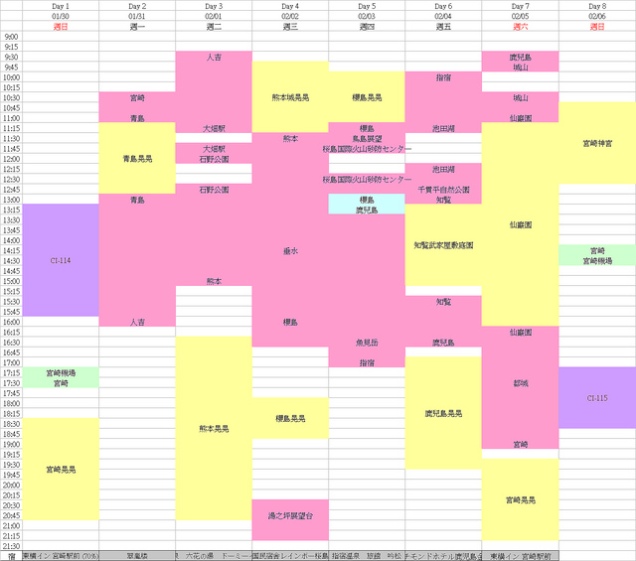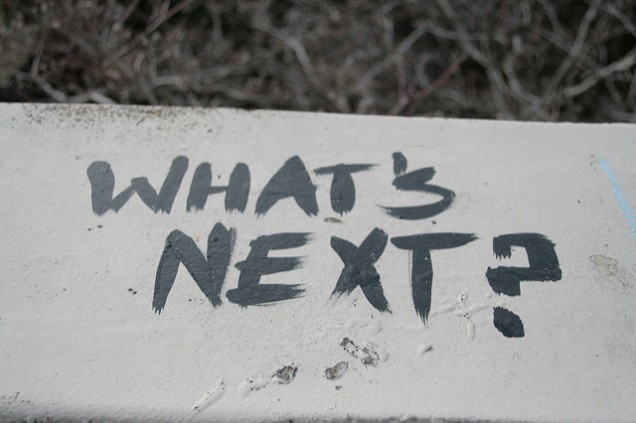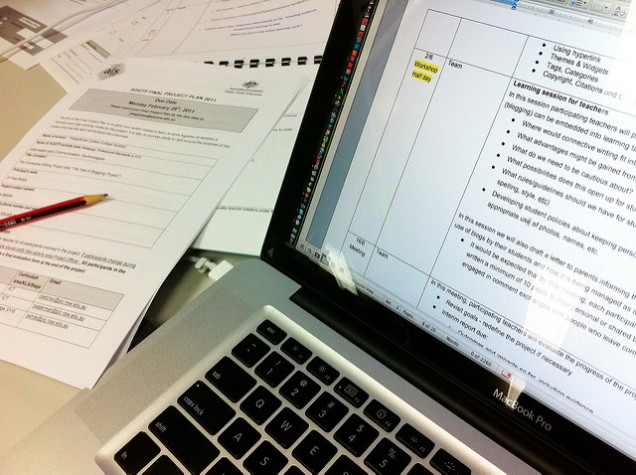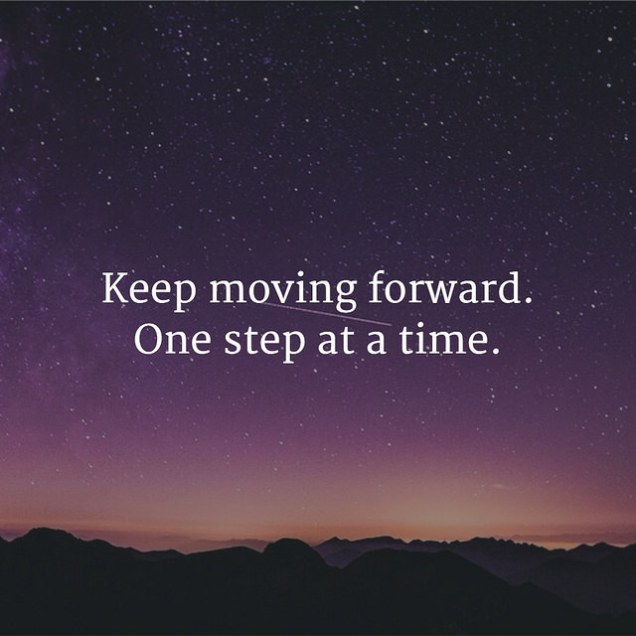Writing a series of books is incredibly popular right now. But it’s a whole different mindset to writing one, standalone novel and isn’t as easy as you might think.

https://goo.gl/w1cJ9C https://goo.gl/dsbndW
The characters and the setting are important in any book but in a series they take on added significance. Is the setting stand out enough to make readers want to come back for more? Are the characters interesting enough that you will want to spend a lot of time with them and so will the readers? Do they have enough depth to sustain a number of stories instead of just the usual one?
Can you come up with interesting ideas across a number of books because a pale carbon copy of what you did in book one won’t cut it?
If you are an indie author, have you thought about how you will brand the series so that each book looks as though it belongs to a group and yet is eye catching enough on its own?

https://flic.kr/p/vcCJN https://goo.gl/dsbndW
Are you going to have an overarching theme or thread that will link each book in turn? Do you know how the series will end?
These are all the questions I should have asked myself. Of course, I didn’t. Instead I plunged in and let the words flow, eager to see where they took me. It was only as the story started to develop that I could see the potential and that’s when I asked all the questions and was able, thankfully, to answer them positively.
You see, The Tregelian Hoard was not meant to be book one in a series. It was an idea I had had kicking about in my head for some time. I had always intended it to be a standalone novella but then Jonquil Jones started to work her magic on me and I wanted to know more about her world and her battles with Sebastian Ableyard – Sable. Suddenly, The Tregelian Hoard became book one in the Jonquil Jones Mystery Series and I was on to book two.

Will my foray into writing a series be a success? Who knows? I have never done anything like this before. All I can say is that I am enjoying the challenge and entertaining myself and sometimes, as writers, that is all we can ask for.


















